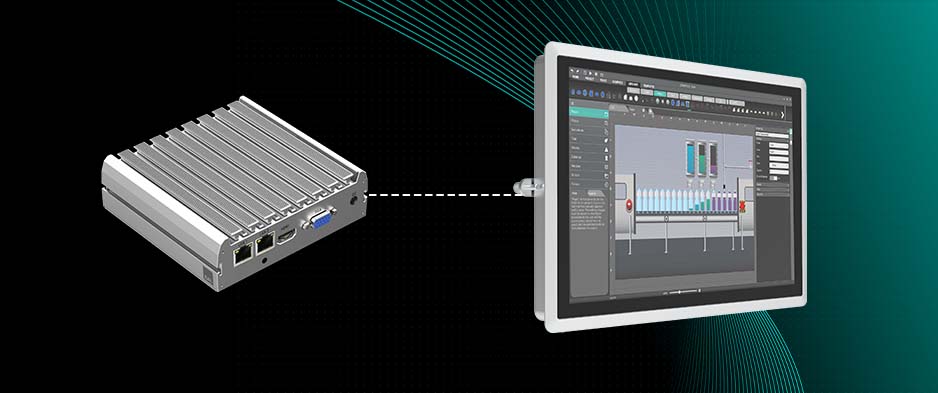What are the advantages of softPLCs vs traditional PLCs? To answer this question, we must take into account the Industry 4.0 context and use its principles (including flexibility, efficiency and cost-effectiveness) as criteria. Here’s what we found.
SoftPLC main advantages vs PLC
1. Level of standardization
When it comes to softPLC, the platform guarantees a level of standardization – both hardware and software – unthinkable for a dedicated embedded platform without an operating system.
2. Superior performance
The hardware power and configurability of the PC platform guarantees performances that allow optimal control of the production plant. Furthermore, being more powerful than traditional PLCs, softPLCs can handle thousands of I/O and more processes.
3. Greater connectivity
From an IoT point of view, one of the advantages of softPLCs is certainly the greater connectivity that makes them able to easily implement a series of extremely useful features. For example, real-time is guaranteed using software extensions and dedicated libraries that are installed on the operating system. Plus: backup on USB devices, network connection, data exchange with IT platforms, and security policies.
4. They are more cost-effective
It is now a common opinion: softPLCs help reducing production costs. Compared to traditional PLC solutions, they have lower installation and maintenance costs. Hence, they are generally less expensive. In addition, they promote efficiency, which translates into increased productivity and, consequently, higher profits.
5. They are more flexible and user-friendly
As already mentioned, traditional programmable logic controllers (PLC) can often be difficult to use. In particular, they are not easily programmable since they do not always support the most common programming languages, but only the manufacturer’s. This can obviously make the operator’s job more difficult.
On the other hand, softPLCs support different programming languages, with advantages such as easier configuration and update. This is why they are the best solution in high-volume industrial environments, where constant updates are required.
6. Offer greater security
Safety is another important issue in Industry 4.0 and many of the traditional PLCs do not have the required degree of security. On the other hand, a softPLC device offers advanced security options in line with current industry standards. For example, it allows you to customize access permissions to production data to prevent unauthorized access.
Benefits of ESA SoftPLC
ESA offers a softPLC solution that integrates CODESYS, the most popular and complete IEC 61131-3 development environment for industrial controllers programming. Its main benefits are:
- Integration with CREW to be able to share and use all project data on our SCADA.
- Flexible and open architecture: users can choose among five different programming languages.
- CODESYS Runtime and EtherCAT master are the ideal solution for any PLC application, local or distributed.
- IEC programming languages can be combined within the same SoftPLC application.

